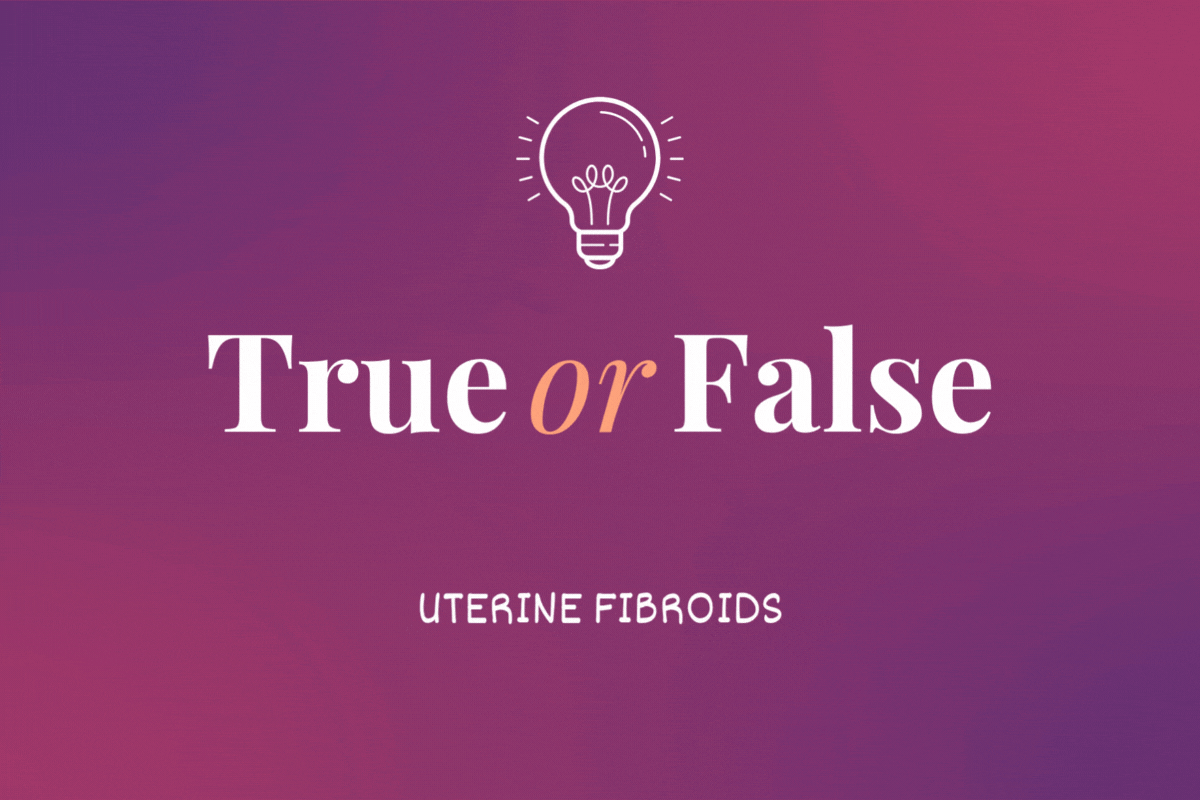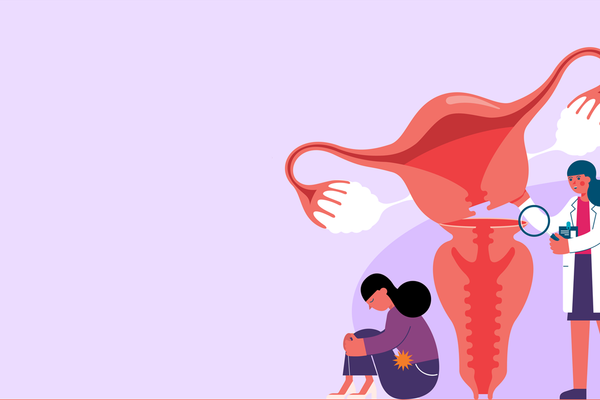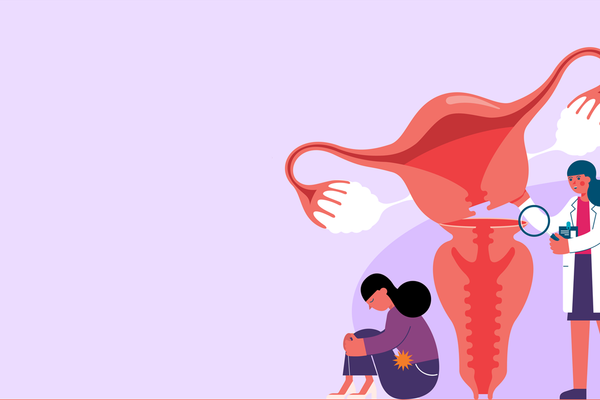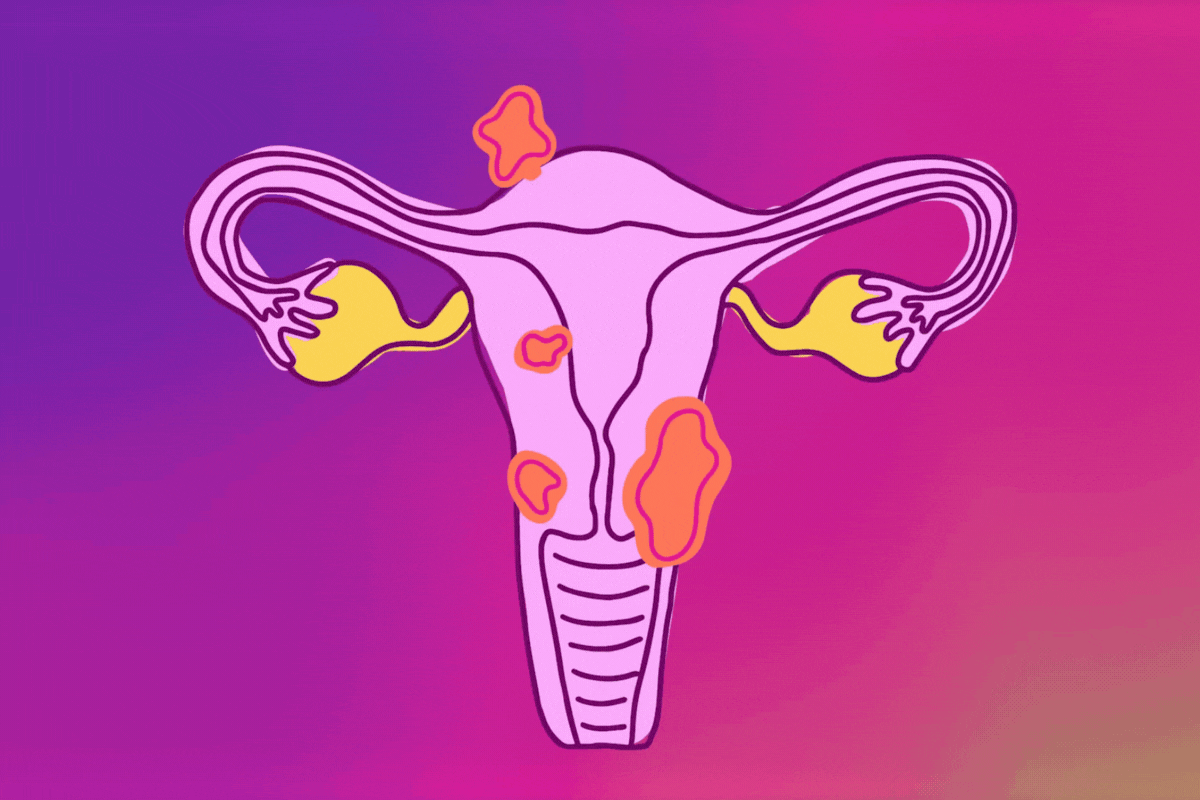For many women, prolonged and painful periods can pose a serious inconvenience to daily life, but for those experiencing heavy menstrual bleeding, it is important to know that it is also one of the most common symptoms of uterine fibroids.1,2
Uterine fibroids are hormone-dependent, noncancerous growths of the uterus.2 They can develop from muscle tissue and form within the muscle wall of the uterus (intramural), the uterine cavity (submucosal) and/or outside of the uterus (subserosal).3 Uterine fibroids can vary in size, number, location and shape, which may lead to symptoms that can affect work, family and social activities.1,2,4,5
According to Dr. Eric S. Surrey, medical director at the Colorado Center for Reproductive Medicine, "Abnormal uterine bleeding can range from bothersome irregular bleeding to an extremely heavy flow which can even lead to anemia and, rarely, emergent surgery, therefore, it is important that women are aware of the symptoms of uterine fibroids and discuss any symptoms with their doctor."
Symptoms of uterine fibroids
Awareness of uterine fibroids is still needed. A 2019 online survey* of 1,192 women ages 18-65+ in the United States conducted by The Harris Poll on behalf of AbbVie in partnership with HealthyWomen showed that nearly one in four women respondents (24%) have never heard of uterine fibroids, and nearly three in ten (27%) were unaware of any of the known symptoms of uterine fibroids.6
Although uterine fibroids may not cause symptoms in some women, they can often cause a number of different symptoms. According to The American College of Obstetricians and Gynecologists symptoms may include:2
- Heavy menstrual bleeding
- Prolonged and/or frequent bleeding, including times other than menstruation
- Painful periods and pelvic pressure
- Pain in the abdomen or lower back (often dull, heavy and aching, but may be sharp)
- Pain during sex
There are a few ways to diagnose uterine fibroids, including a combination of physical examination (i.e., pelvic or abdominal exam), clinical evaluation, transvaginal ultrasound and saline-infused sonohysterography (a procedure to evaluate the uterus).2,3
Discussing uterine fibroids with a healthcare provider
Research has shown that in the U.S. uterine fibroids occur in more than 80 percent of African-American women and up to 70 percent of Caucasian women, followed by Hispanic and Asian-American women by the age of 50, though it is unclear how many of these women will experience UF symptoms. This makes uterine fibroids the most common type of noncancerous tumor in a woman of reproductive age.1,7,8,9
However, women don't always discuss these symptoms with a healthcare provider because of limited public knowledge and awareness of the condition and/or individual coping mechanisims.10 Results from a 2019 online survey* suggest women are not very or not at all likely to discuss the following symptoms with a healthcare provider: 6
- Prolonged, heavy menstrual bleeding (32%)
- Pain in the abdomen or lower back (25%)
- Painful periods (35%)
- Pelvic pain (30%)
- And pain during sex (39%)
Managing uterine fibroids
If you have uterine fibroids but don't experience symptoms, treatment may not be necessary. Dr. Surrey urges women to speak with their healthcare provider if they experience any of the signs or symptoms of uterine fibroids. While uterine fibroids are primarily managed by surgery, and are one of the leading causes for hysterectomies in the U.S., non-surgical alternatives are available.2,4,11 Because women with uterine fibroids may experience a variety of symptoms, it's important to work closely with a healthcare provider to develop a treatment plan that works for you.
For more information on uterine fibroids, go to TalkFibroids.com.
This article was created with support from AbbVie.
*This online survey was conducted within the United States by The Harris Poll on behalf of AbbVie in partnership with HealthyWomen. It was conducted October 17-21, 2019, among 1,192 women ages 18 to 65+. Results were weighted for age within gender, region, race/ethnicity, income and education where necessary to align them with their actual proportions in the population. Propensity weighting was used to help account for individuals who may have been unable to participate in the online survey.
References:
1. De La Cruz MS, Buchanan EM. Uterine fibroids: diagnosis and treatment. Am Fam Physician. 2017;15;95(2):100-107.
2. The American College of Obstetricians and Gynecologists. Frequently Asked Questions FAQ 074: Gynecologic Problems. Washington, DC: December 2018.
3. WomensHealth.gov. Uterine Fibroids. https://www.womenshealth.gov/a-z-topics/uterine-fibroids.
4. American College of Obstetricians and Gynecologists. ACOG practice bulletin. Alternatives to hysterectomy in the management of leiomyomas. Obstet Gynecol. 2008 Aug;112(2 Pt 1):387-400.
5. Borah BJ, Nicholson WK, Bradley L, Stewart EA. The impact of uterine leiomyomas: a national survey of affected women. Am J Obstet Gynecol. 2013;209(4): 319.e1–319.e20
6. Data on File, AbbVie Inc.
7. Baird DD, Dunson DB, Hill MC, Cousins D, Schectman JM. High cumulative incidence of uterine leiomyoma in black and white women: ultrasound evidence. Am J Obstet Gynecol. 2013;188:100-107.
8. Khan A et al. Uterine fibroids: current perspectives. Int J Women's Health. 2014;6:95-114.
9. Wallach EE et al. Uterine myomas: an overview of development, clinical features, and management. Obstet Gynecol. 2004;104:393–406.
10. Ghant et al. An Altered Perception of Normal: Understanding Causes for Treatment Delay in Women with Symptomatic Uterine Fibroids. Journal of Women's Health. 2016; 25:846-852.
11. Keshavarz H, Hillis SD, Kieke BA, Marchbanks PA. Hysterectomy surveillance United States, 1994–1999. MMWR CDC Surveill Summ 2002;51:1–8.
- What to Know About Uterine Fibroids ›
- Uterine Fibroids May Show Few Symptoms ›
- Clinically Speaking: What to Ask Your Healthcare Provider If You Think You Have Uterine Fibroids - HealthyWomen ›
- Clinically Speaking: What Are My Options Following a Fibroid Diagnosis? - HealthyWomen ›
- What You Need to Know About Uterine Fibroids - HealthyWomen ›







